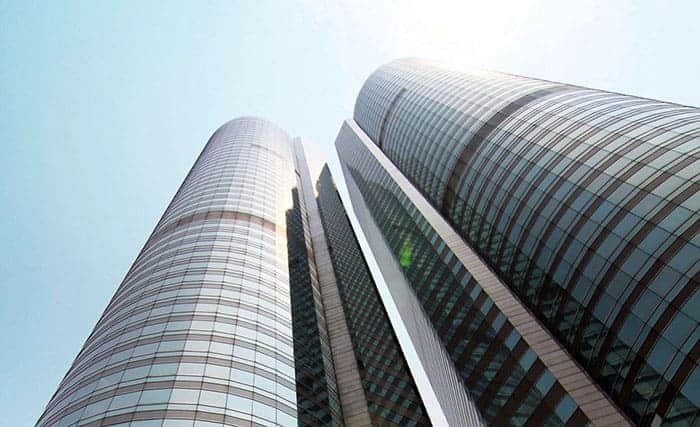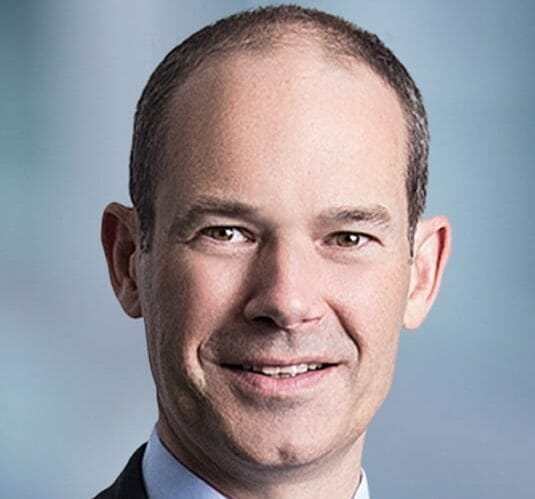
Hongkong Land’s Central office portfolio, including Exchange Square, saw vacancy hit 6.3% at the end of March
Hongkong Land’s underlying profit fell in the first quarter of 2023, from year-earlier levels, as fewer sales completions in mainland China reduced its development income.
The contribution from investment properties was marginally above that of last year’s same period, with an improved performance in the retail segment partly offset by lower contributions from the prime office portfolio in Hong Kong’s Central district, Hongkong Land said Thursday in a management statement.
The Jardine Matheson-controlled builder reported a “significant rebound” in tenant sales at its Landmark retail portfolio compared with the same period last year, when sales were severely impacted by the fifth wave of COVID-19 in the Asian financial hub.
“In Hong Kong, sentiment has improved in both the office and retail sectors as a result of the lifting of travel restrictions and a recovering local economy,” said the company led by chairman Ben Keswick.
Office Vacancy Jumps
Physical vacancy in Hongkong Land’s Central office portfolio rose to 6.3 percent at the end of March from 4.9 percent at the end of 2022. Vacancy on a committed basis was 5.8 percent, compared with 9 percent for the overall Central Grade A office market, according to the company.

Hongkong Land chairman Ben Keswick
“Leasing activity has improved in recent months, with a meaningful increase in enquiries in the first quarter compared to both the last quarter and the same period last year,” Hongkong Land said. “Headwinds in global financial markets, however, have dampened incremental office demand from the financial services sector.”
For development properties in mainland China, the first quarter saw a modest recovery in market sentiment as the group’s attributable interest in contracted sales climbed to $408 million from $213 million in the year-earlier period, mainly due to more planned sales launches. Hongkong Land expects planned sales completions in 2023 to be higher than last year’s.
The group’s Singapore office portfolio continued to show resilience, with physical vacancy dropping to 4.6 percent at the end of March from 7.5 percent at the end of 2022. On a committed basis, vacancy eased to 1.7 percent from 2.2 percent at the end of last year.
Occupier’s Market
CBRE reported that office rents in Hong Kong’s Central district are set to stay flat in the next six months, buoyed by demand from Chinese firms, while those in other submarkets are expected to decline by up to 5 percent.
Commitments to newer buildings in Kowloon continued to underpin Hong Kong leasing activity in the first quarter, the consultancy said in its Asia Pacific Office Trends report, noting that Chinese enterprises are likely to play an increasing role in driving demand.
The city’s biggest office leasing transaction tracked by CBRE in the first quarter was FTLife’s take-up of 186,000 square feet (17,280 square metres) of net floor area at New World Development’s Portas Tower A in Kowloon’s Cheung Sha Wan district.
Other large deals included MUFG leasing 64,200 square feet at Nan Fung Group’s Airside in Kai Tak, as well as Deloitte signing up for 30,000 square feet at The Millennity Tower 1, a development of Sun Hung Kai Properties and Transport International Holdings in Kwun Tong.
Leave a Reply